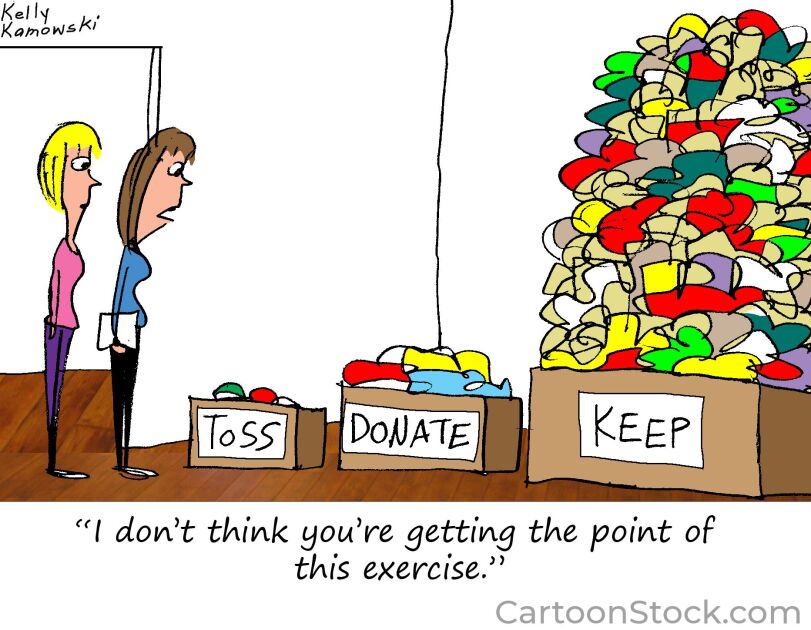About one-fifth of teachers who belong to the nation’s largest teachers’ union have already been vaccinated against the coronavirus, and another 18 percent have scheduled their first shots.
That’s one of the findings from a survey by the National Education Association, which polled 3,305 active K-12 members and 117 higher education members about the COVID-19 vaccine. The results also showed that white members are nearly twice as likely as Black members to have been vaccinated—20 percent compared to 9 percent.
The survey, which was conducted Jan. 5 through Feb. 3, was released today.
As a growing body of evidence shows that in-person learning can be done safely, and more big school districts make plans to open their doors, teacher vaccinations have become a hot-button issue. Some teachers say they don’t feel safe working in person until they’ve received both doses of the vaccine, but that may take some time as the vaccine rollout has been stymied by supply shortages and logistical challenges.
Just over half of states have started vaccinating some or all teachers, according to Education Week’s vaccine tracker. Some big-city teachers’ unions—including in Chicago—have opposed reopening until their members are vaccinated. Rochelle Walensky, the director of the Centers for Disease Control and Prevention, said last week that teacher vaccinations are not a prerequisite for opening school buildings, but the White House said later Walensky was speaking in her “personal capacity” and that official guidelines would be released soon.
The survey found that two-thirds of NEA members said they would be more willing to return to work in person as a result of the vaccine. Most educators are already back in classrooms, though: Only 29 percent of those surveyed are currently fully remote.
And the vaccine is not a silver bullet for making teachers feel at ease: Seventy percent of educators said they would feel safer about working in-person as a result of being vaccinated, but only a quarter will feel “much” safer.
About 70 percent of respondents said it was important to keep school buildings closed until the majority of staff have been vaccinated. Nearly all educators indicated support for other safety measures in schools: requiring students and staff who test positive for COVID-19 to isolate according to CDC guidelines, making mask-wearing mandatory, and thoroughly cleaning high-touch surfaces.
NEA President Becky Pringle said in a statement provided to Education Week last week that vaccines, along with rapid tests, can be “gamechangers for safe in-person instruction” and must be made “broadly and equitably available” and accompanied by school virus-mitigation efforts.
In a statement released alongside the survey, Pringle added that “educators want nothing more than to be back to in-person learning with our students. ... [But] most schools, especially those attended by Black, brown, indigenous, and poor white students have severely outdated ventilation systems and no testing or tracing programs to speak of. It’s time to fund proven mitigation strategies—and it’s far past time for every governor to prioritize educator vaccinations.”
Meanwhile, Randi Weingarten, the president of the other national teachers’ union, the American Federation of Teachers, has said schools could reopen safely even before teachers are vaccinated, as long as other conditions, like a robust testing system, are in place.
In some places, teachers may be waiting a while until they have the chance to be vaccinated. Several states, including Florida, Oklahoma, and Texas, have veered away from the CDC recommendations to prioritize school employees, instead basing vaccine eligibility on age and health conditions.










